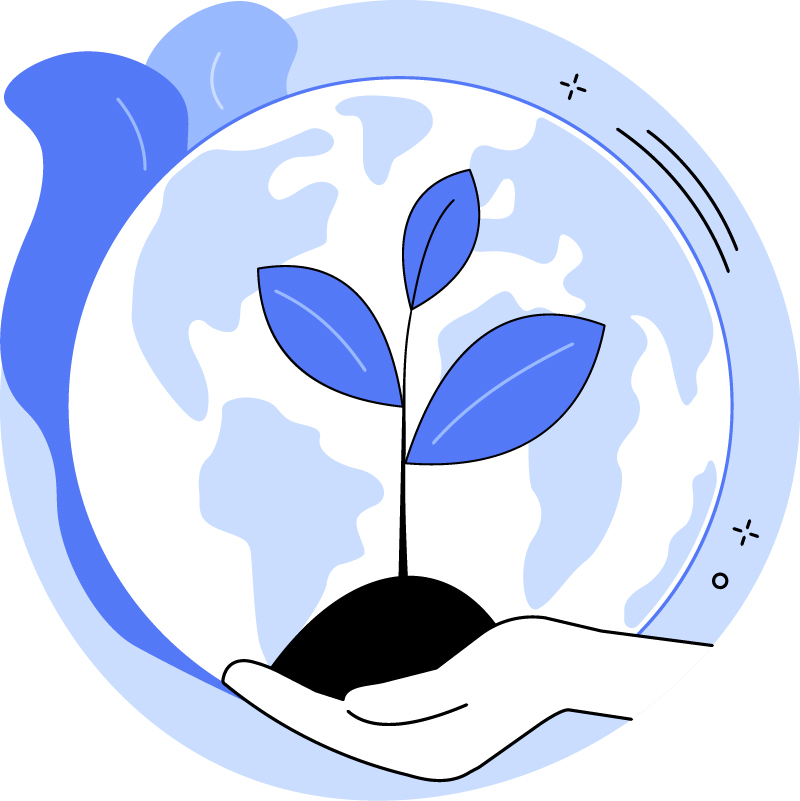12 Jun The role of paper in the future


The Importance of Paper in a Digital World
In the age of artificial intelligence, where algorithms shape our thinking and screens capture our attention, paper retains its value, remaining essential for learning, sustainability, and memory. The future may be digital, yes, but it will also be made of paper.

The Return to Paper in Finnish and Swedish Schools
After observing the negative effects of screens on learning and cognitive development, some Finnish academic centers are choosing to return to printed books, and the Swedish government is halting its classroom digitalization strategy.

Is Paper Sustainable? Let’s Bust Some Myths!
In Spain, forests are growing year after year, paper mills are energy- and recycling-efficient, and the paper sector is a leader in innovation and circularity. Paper not only doesn’t pollute—it helps capture CO₂, is mostly recycled, and comes from renewable sources.
TRUTH
MYTH
TRUTH
More paper = More trees. Paper forests are planted on land that was previously unused.
MYTH
Paper production causes deforestation.
TRUTH
Paper plantations are large CO₂ sinks and help fight climate change.
MYTH
Plantations are bad for the environment.
TRUTH
Paper mills are energy-, water-, and waste-efficient.
MYTH
Paper manufacturing wastes water and energy and pollutes.
TRUTH
Thanks to its environmental benefits and versatility, paper is replacing other materials.
MYTH
Paper is a disappearing product.
TRUTH
Digital technologies, the internet, and AI consume vast amounts of energy, raw materials, and water:
They are responsible for 1.5–3.2% of global emissions.
They require critical minerals as raw materials and generate digital waste—hard to manage—totaling 10.5 million tons worldwide.
They use large amounts of water for infrastructure cooling.
In 2022, Google consumed 21.2 billion liters of water.
Paper, besides being renewable and biodegradable, performs better environmentally in terms of emissions and recycling compared to digital technologies.
MYTH
A digital, paperless world is more environmentally friendly.
TRUTH
Digital technologies, the internet, and AI consume vast amounts of energy, raw materials, and water:
They are responsible for 1.5–3.2% of global emissions.
They require critical minerals as raw materials and generate digital waste—hard to manage—totaling 10.5 million tons worldwide.
They use large amounts of water for infrastructure cooling.
In 2022, Google consumed 21.2 billion liters of water.
Paper, besides being renewable and biodegradable, performs better environmentally in terms of emissions and recycling compared to digital technologies.
MYTH
A digital, paperless world is more environmentally friendly.

